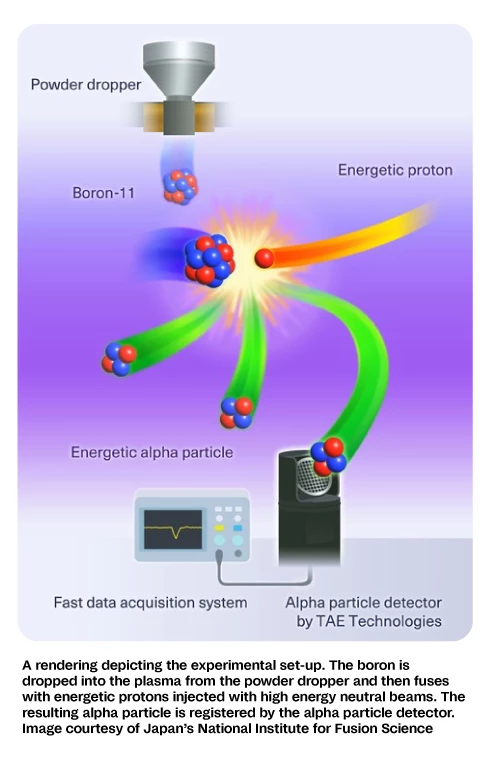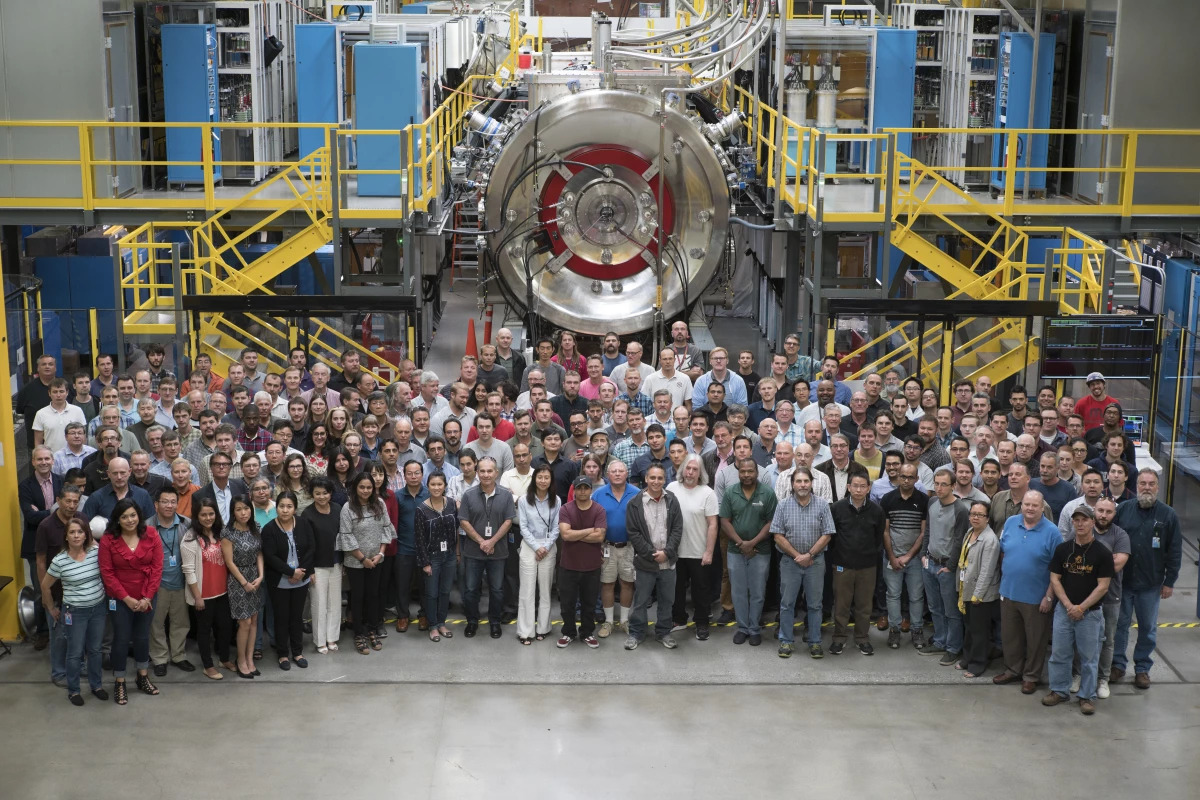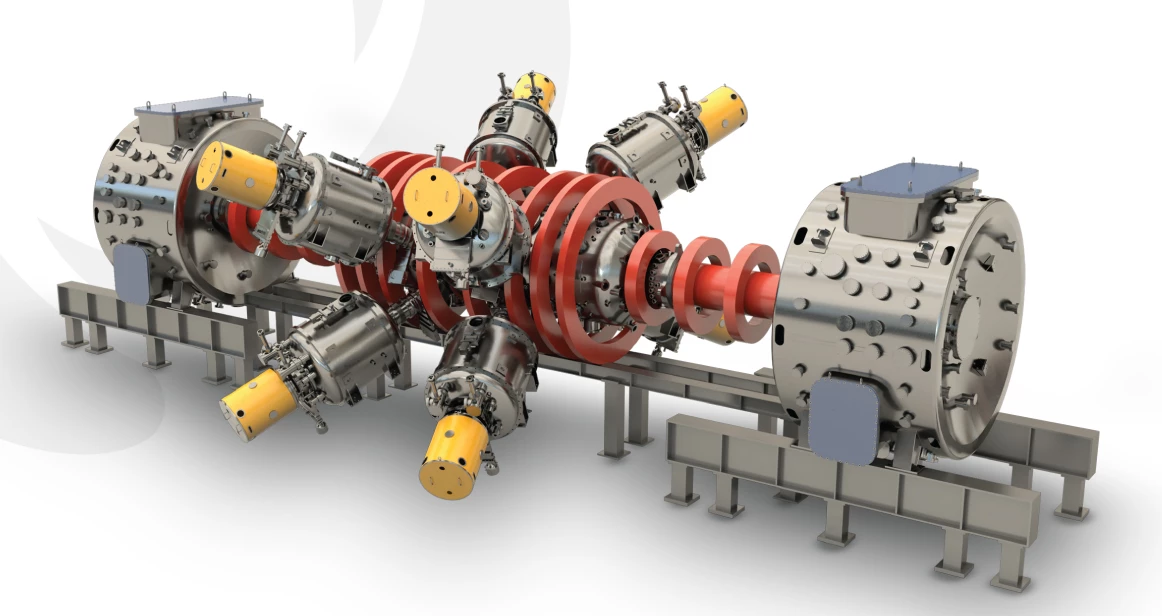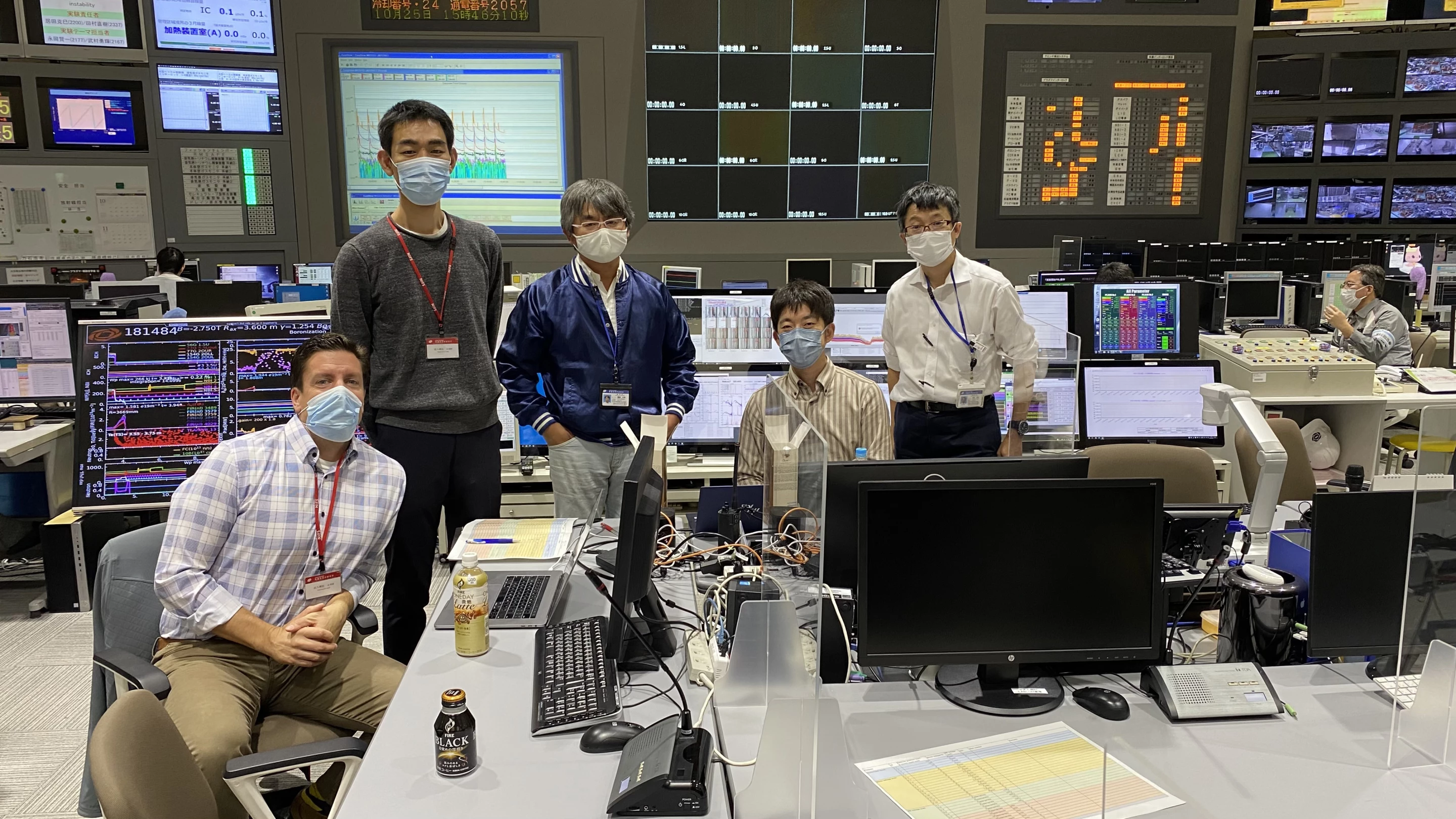We've spoken to this California company before about its impressive progress and ambitious plans in the fusion power space. With more than US$1.2 billion in investments behind it, TAE has come in ahead of schedule with results from its fifth-generation fusion device, called Norman, which was designed to sustain plasma at 30 million °C (54 million °F), but which has already broken through 75 million °C (135 million °F).
Check out our TAE interview story from 2022 for lots of background on why the company is going with hydrogen-boron, how the process will differ from tritium-based designs, the design, advantages and evolution of TAE's prototype capped-cylinder fusion reactors, and to learn exactly why hundred-million-degree temperatures aren't going to cut the mustard in a hydrogen-boron reactor – TAE is targeting billion-degrees-plus plasma confinement by the early 2030s, many times hotter than what tritium reactors will require.
Today, TAE is celebrating the publishing of a peer-reviewed paper in the well-respected journal Nature Communications, documenting the world's first measurement of hydrogen-boron fusion in magnetically confined plasma. That's highly specific for a reason; the authors note that H-B fusion has already been measured in laser-produced plasmas, and in particle accelerators through beam-target fusion. But these environments can't tell TAE much about how H-B fusion and its products will behave and proliferate in a magnetically-confined plasma like the ones they'll use in their reactors.

The experiments were done as part of a partnership with Japan's National Institute for Fusion Science (NIFS), home to the world's largest superconducting plasma confinement device and the world's second-largest stellarator: the Large Helical Device, or LHD.
It's not specifically designed to pursue hydrogen-boron fusion, but the project took advantage of the fact that the LHD already features a system to inject boron or boron nitride into the plasma. Generally, it's injected as a way to condition the walls of the containment vessel, clear up impurities, reduce turbulence and improve plasma confinement, and to bump up the electron density of the plasma – but the team realized that boron was also accumulating in the middle of the plasma, at enough of a density that measurable amounts of H-B fusion could be expected when high-energy protons are fired into the plasma.
So, TAE went and put together a system, based around a Passivated Implanted Planar Silicon (PIPS) detector, to detect the alpha particles (or helium nuclei) that would result from H-B fusion in the LHD's chamber. And sure enough, the PIPS machine detected over 150 times more alpha particle pulses when the boron injection and high-energy proton beams were both switched on.

“This experiment offers us a wealth of data to work with, and shows that hydrogen-boron has a place in utility-scale fusion power," said Michl Binderbauer, CEO of TAE Technologies. "We know we can solve the physics challenge at hand and deliver a transformational new form of carbon-free energy to the world that relies on this non-radioactive, abundant fuel."
Research of this nature will continue, hoping to find ways to increase the fusion gain, among other things. And TAE will continue to iterate its own devices, with a "Copernicus" reactor scheduled for "mid-decade" that TAE expects will be able to harvest more energy than it takes to run. By the early 2030s, the company expects its "Da Vinci" machine to be up and running, which it says will be the world's first prototype H-B fusion power plant, connected to the grid and feeding in power.
Learn more about TAE and its plans in the video below.
The paper is open-access at the journal Nature Communications.
Source: TAE








